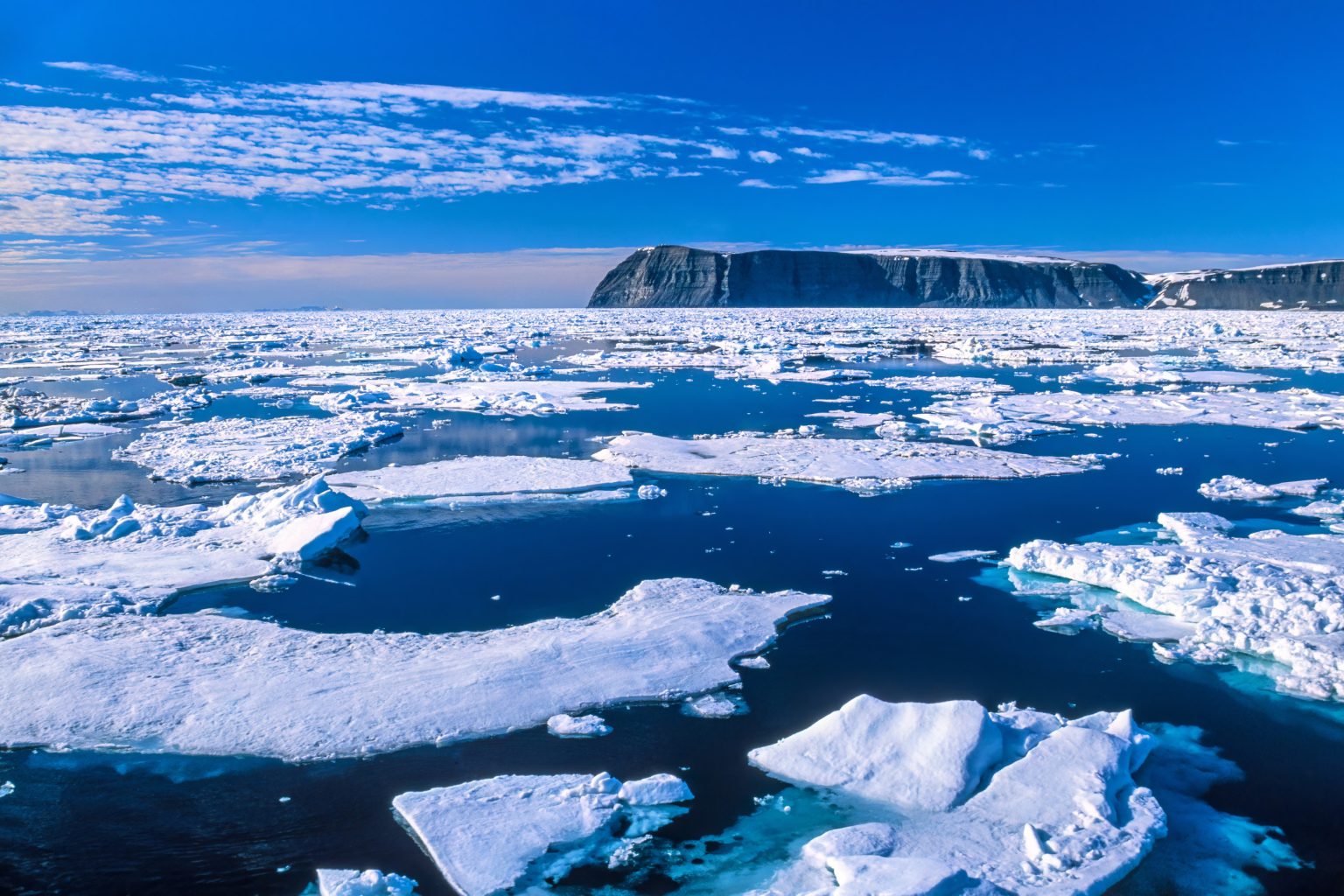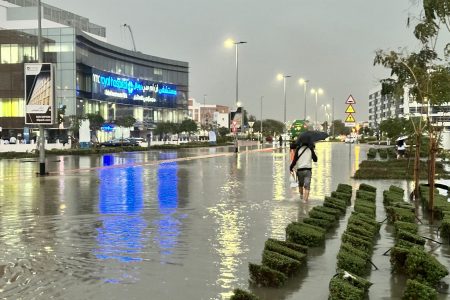Researchers from the University of Alaska Fairbanks have developed a new technology using synthetic-aperture radar (SAR) to detect hazardous sections of open water in frozen rivers in Alaska during winter. This technology can also be applied across the Arctic, where open water zones pose similar dangers. By identifying these open water zones, researchers hope to create hazard maps to assist travelers, particularly in rural areas where residents rely on frozen rivers as “ice highways” for fishing and hunting.
The classification system developed by the researchers aims to distinguish between ice and open water holes in the ice, providing crucial information for safe travel. With climate change causing Arctic warming and altering the freezing patterns of rivers, open water zones are becoming more common during mid-winter, presenting a significant risk to those traveling on frozen rivers. The study noted that arctic warming is leading to later freezing and an earlier break-up of ice, impacting rural winter river travel.
The study focused on developing a method that could work effectively from October to January, when open water zones pose the greatest threat. Researchers collected data from eight Alaska rivers to develop the river ice classification system, taking into account factors such as volume, width, glacial silt content, and channel types. By customizing and automating this technology, it can be used to provide current open water zone maps for any northern latitude rivers, not just in Alaska. The availability of SAR data and the collaboration with communities and scientists worldwide have made this research possible.
Sections of eight rivers, including Colville, Noatak, Tanana, Yukon, Kantishna, Innoko, Copper, and Kuskokwim, were studied to develop the river ice classification system. The research team worked closely with communities and utilized shore-based cameras to capture daily images of the rivers. By consulting with communities and understanding their needs, researchers were able to tailor the technology to provide valuable information about open water zones and ensure safer travel for residents in these regions. The Alaska Satellite Facility has made SAR data more accessible and adaptable for scientists worldwide, simplifying the process for researchers who are not SAR specialists.
The new detection method detailed in the Remote Sensing of Environment study provides a valuable tool for identifying open water zones in frozen rivers during winter, helping to prevent accidents and improve safety for travelers. By monitoring and mapping these hazardous areas, researchers can create hazard maps to assist residents and travelers navigating frozen rivers in Alaska and other Arctic regions. The research highlights the importance of innovative technology and collaborations with local communities to develop solutions that address the impact of climate change on frozen rivers and ensure the safety of those who rely on these natural pathways for transportation and recreation.















